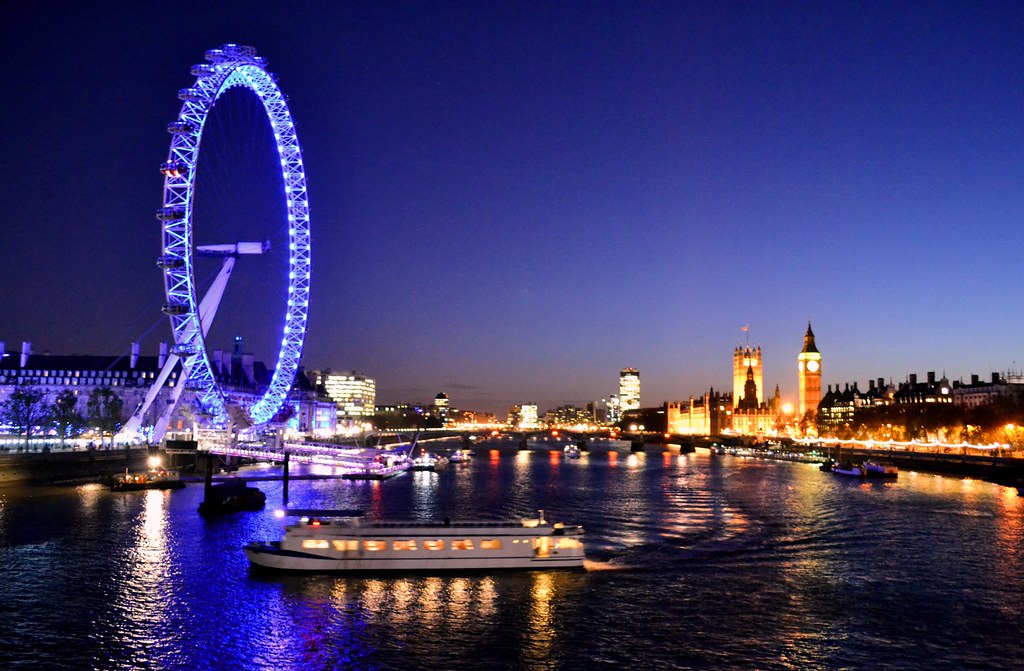
What is it about the world “cinema” that conjures up a certain idea, quality or appearance? Much of the cinematic look has its roots in the specific frame rate (24 frame per second) and certain types of film. Both aspects were used in most films shot during the 20th century.
These days however, movies are rarely shot on film. Digital cameras are essential tools for amateurs and professionals alike. Furthermore, movies can be filmed on a plethora of different camera makes and models.
But what sets a cinema camera apart from other cameras and recording devices? If you’re seeking the answer to this question, or if you’re debating about whether you need a cinema camera for your next project, read on to learn more.
There is no one way to define a cinema camera.
Depending on which camera afficionado you ask, each one will likely list different elements that they would prioritize in a camera designed for shooting movies. In a nutshell, there is really no single ingredient that sets a cinema camera apart from your more traditional digital camera. Likewise, there are plenty of film projects shot on DSLR cameras and even smartphones.
However, there are some common areas in which cinema cameras perform better. When evaluating various models, you may want to consider resolution, frame rate, data file type and user interface as key differences to note. The first example of this is resolution quality.
Better resolution gives you more options.
A cinema camera will likely offer resolutions above 4K. This means that you will be able to capture more individual pixels which produces greater detail. While this may not seem important if you are going to show your final film in 4K, the truth is that it matters a lot.
If you want to export your final product in 4K, you never want to drop below 4K quality in the clips you’re editing. For instance, you might want to zoom in slightly or adjust the cropping of a shot. If you’ve filmed in 6K, you can choose to cut out portions of the frame, pan within a shot and even finesse dolly shots in post-production without having to dip below the number of pixels required for 4K.
There are even high-tech 8K cinema cameras that can pick up the tiniest details while filming. These models do come at a higher price point, but they also include features to back up the cost factor such as face recognition and faster processing speeds. Something they have in common with many 4K cinema cameras is wireless connectivity that enables transferring video files using a transmitter to a computer for later editing.
Higher frame rate options can improve the final product.
While 240 frames per second might sound like a little much, it might be just right for shooting action in slow motion. Many video editing software programs allow you to slow things down in post-production, but you will inevitably sacrifice quality if you do it then as opposed to in real time. And while some cameras offer slow-motion options, few offer the same level of frame rate speed available with cinema cameras.
RAW formatting will also expand possibilities.
When it comes to the digital files that your camera creates, there are many formats available. For the greatest editing flexibility, you want the least compressed format possible. These formats are usually labeled “RAW” and cinema cameras are generally capable of exporting this RAW data with the least amount of compression possible. Most digital cameras save this raw data as JPEG files.
Why does this matter? Well, when the original file captures more information, especially in relation to color and light, it gives you more flexibility in the editing room. With the information from RAW files, you can change the white balance, the exposure and other color data in post. By contrast, many cameras implement color-grades that initially makes footage look prettier but prevents it from being as flexible after shooting.
The interface on a cinema camera prioritizes ease-of-use for filming.
The buttons and easy-to-find options on cinema camera menus all prioritize the options you need for filming such as filters and wide angel scenes. Meanwhile, DSLRs and many premium point and shoot cameras make it easier to switch to the settings for still photography. While this may not seem like a big deal, it can make a difference if you’re shooting all day and want to keep the process efficient.
How do you choose the right camera for you?
Whether or not you need a cinema camera is up to you. However, if you do decide to upgrade to a cinema camera, keep in mind that the increased resolution and formatting options that the files provide might mean you need to upgrade your current memory cards as well. This is because they likely won’t be large or fast enough for storing your cinema camera footage. While the main perk of cinema cameras is that they provide improved quality and post-production opportunities, they are more of an overall investment.
Fortunately, there are ways to shoot projects on more affordable options if buying a cinema camera isn’t in your current budget. With practice, you can get high-quality footage out of a DSLR or basic mirrorless camera, both of which have the benefit of using interchangeable lenses, just like cinema cameras.
Alternatively, if the main thing you’re looking for is a more film-friendly interface and you don’t need the interchangeable lenses, you might consider a camcorder. The latest video cameras have come a long way since the hefty models you may remember as a kid. In addition to updated features that make it easier to capture all the action, they are now more lightweight and compact which makes them less cumbersome to carry.

 Admin
Admin
Leave A Reply
Your email address will not be published. Required fields are marked *